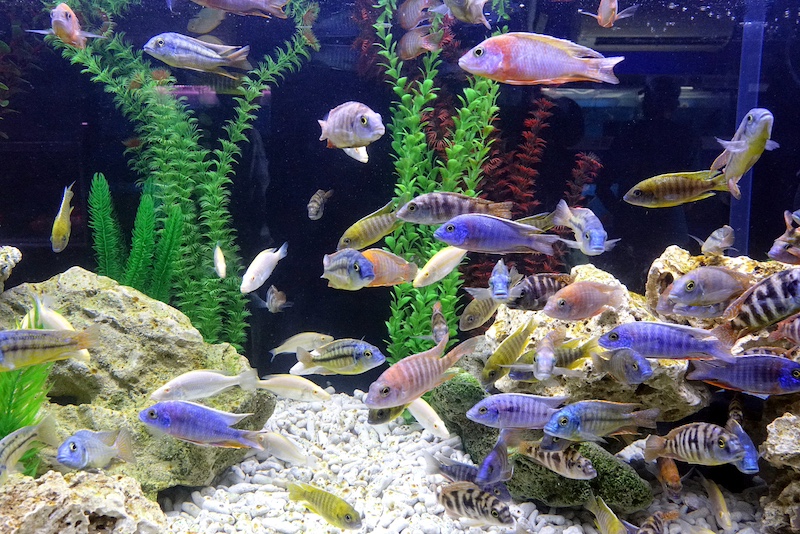Creating a harmonious and vibrant community tank is a rewarding experience for any aquarist. A community tank, where various species of fish coexist peacefully, offers a captivating display of color, behavior, and interaction. However, choosing the right fish is crucial to maintaining a balanced ecosystem. Here are ten of the best fish for a community tank, considering their compatibility, temperament, and care requirements.
1. Neon Tetra
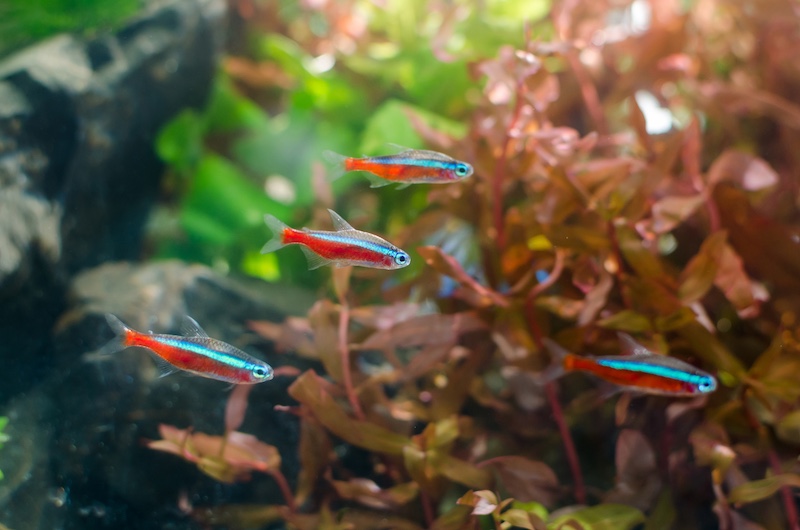
Neon Tetras are small, colorful fish known for their striking blue and red stripes. They are peaceful and thrive in schools of six or more. These fish are relatively hardy and adapt well to a range of water conditions, making them a popular choice for beginners and experienced aquarists alike.
2. Harlequin Rasbora
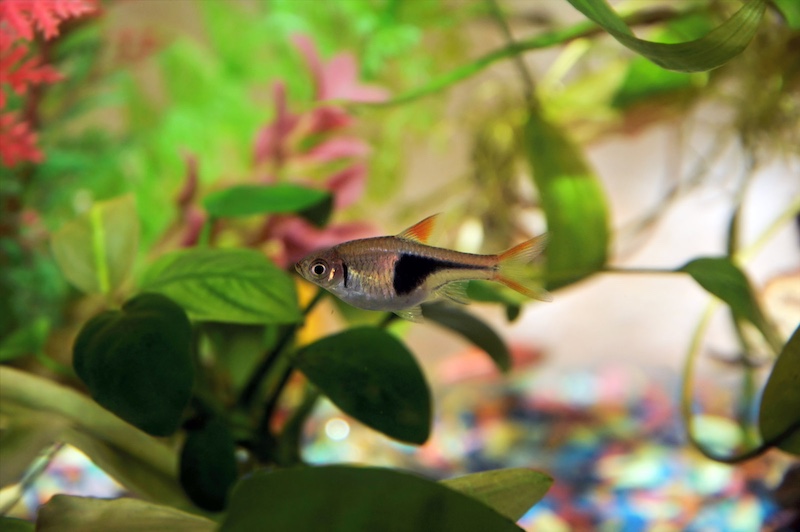
Harlequin Rasboras are another excellent choice for community tanks. These fish have a distinctive copper-orange color with a black triangular patch on their bodies. They are peaceful, active, and prefer to swim in groups of eight or more. Harlequin Rasboras are easy to care for and coexist well with other small, non-aggressive fish.
3. Corydoras Catfish
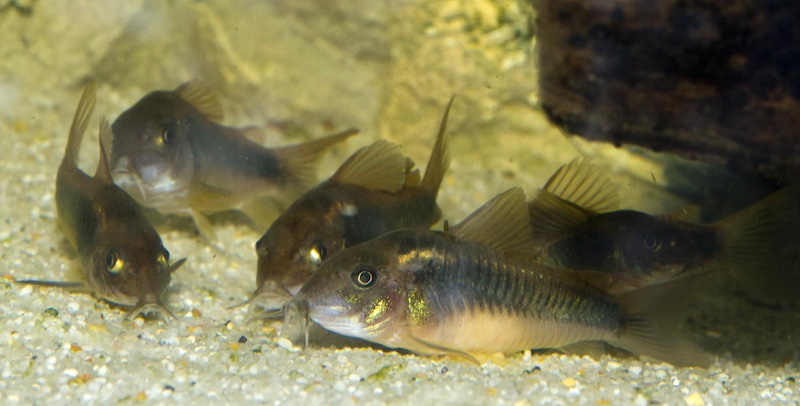
Corydoras Catfish are bottom-dwelling fish that help keep the tank clean by scavenging for leftover food. These friendly and social fish should be kept in groups of at least three to five. Corydoras are compatible with most community fish and prefer a soft substrate to protect their sensitive barbels.
4. Zebra Danio
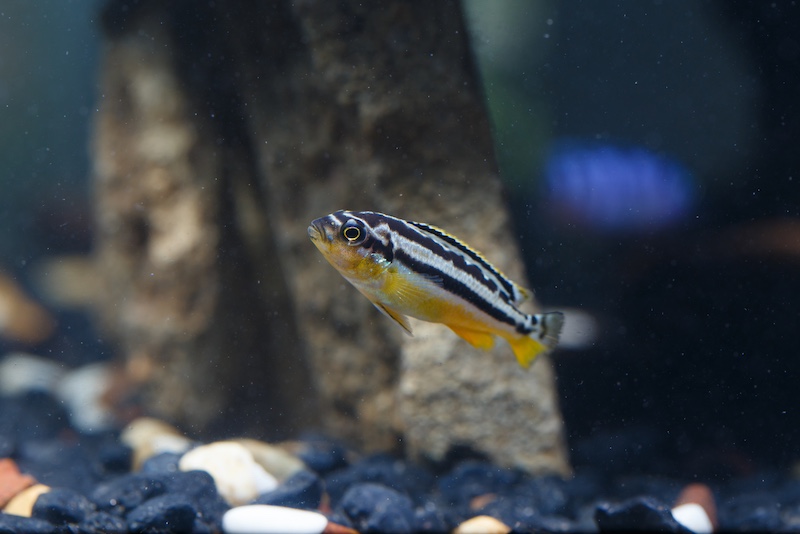
Zebra Danios are hardy, active fish with striking horizontal stripes. They are highly adaptable and thrive in various water conditions. These fish are best kept in groups of five or more and are known for their playful behavior. Zebra Danios are peaceful and get along well with other community fish.
5. Cherry Barb
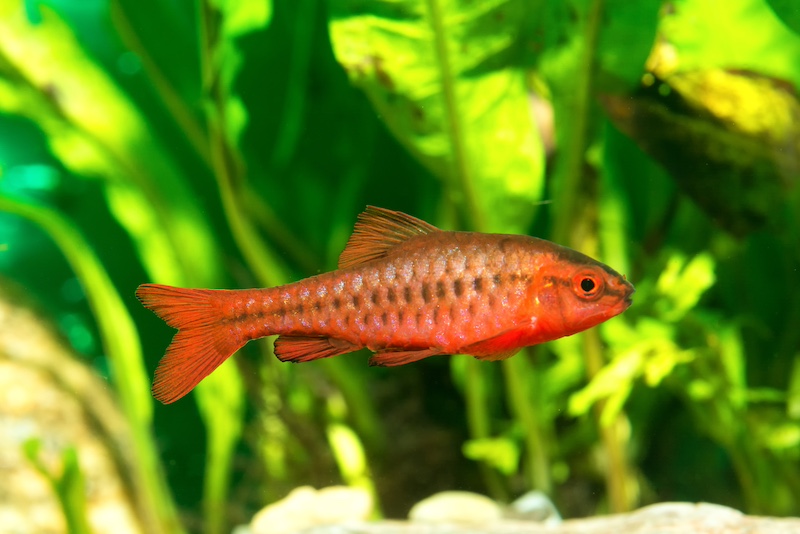
Cherry Barbs are small, colorful fish that add a vibrant touch to any community tank. Males are bright red, while females are more subdued in color. These peaceful fish should be kept in schools of six or more to feel secure and display their best colors. Cherry Barbs are relatively easy to care for and mix well with other non-aggressive species.
6. Guppy

Guppies are popular for their bright colors and lively personalities. These small fish are highly adaptable and breed easily, making them a favorite among aquarists. Guppies are best kept in groups and can coexist with other peaceful fish. However, it’s essential to monitor their population as they reproduce quickly.
7. Dwarf Gourami
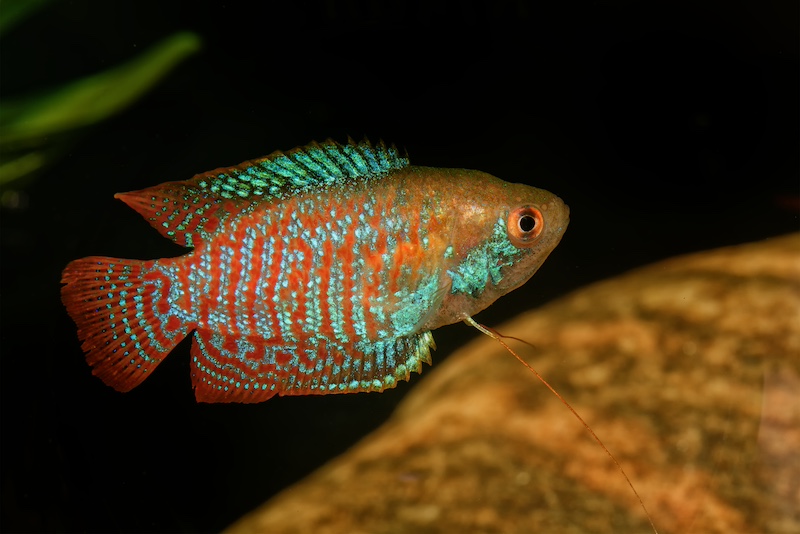
Dwarf Gouramis are known for their stunning colors and calm demeanor. These fish are slightly larger than some other community fish but are generally peaceful. Dwarf Gouramis prefer a well-planted tank with plenty of hiding spots. They can be kept with other peaceful species but should be monitored as they can be territorial during breeding.
8. Platy
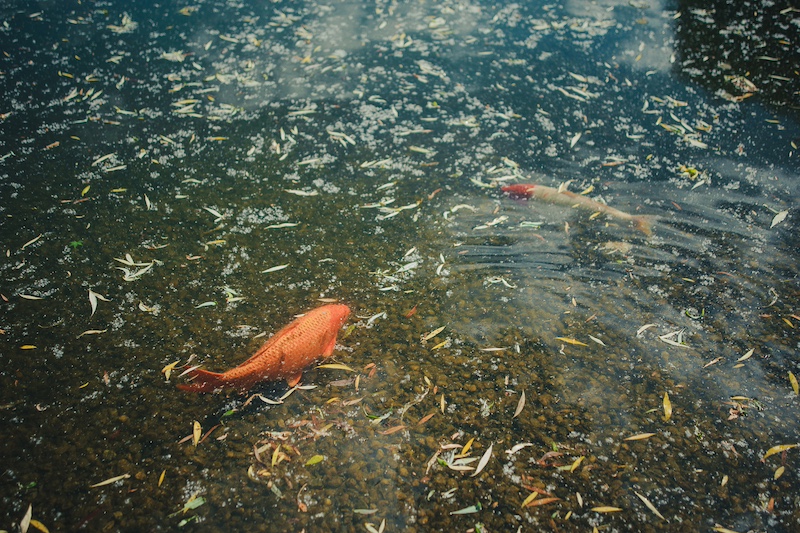
Platies are hardy, colorful fish that are easy to care for. They come in various colors and patterns, adding visual interest to the tank. Platies are peaceful and get along well with other community fish. Like guppies, they breed readily, so it’s essential to manage their population to avoid overcrowding.
9. Rummy-Nose Tetra
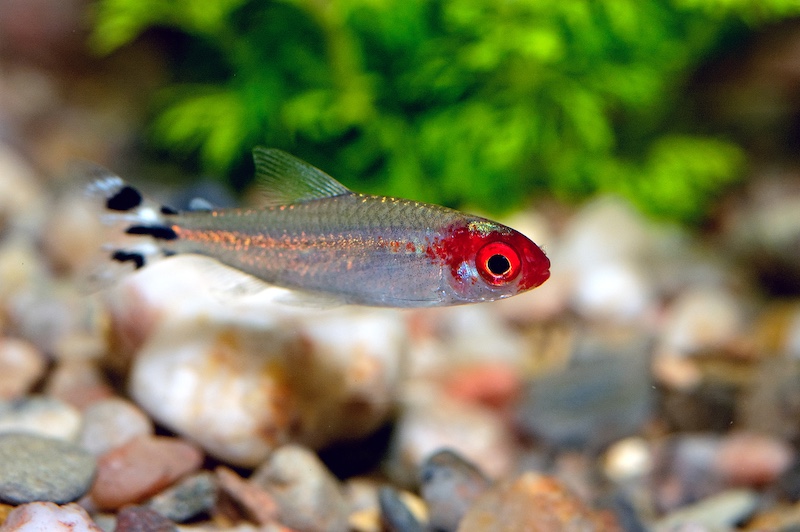
Rummy-Nose Tetras are distinguished by their red noses and sleek, silver bodies. They are schooling fish that should be kept in groups of six or more. Rummy-Nose Tetras are peaceful and require stable water conditions to thrive. They are an excellent addition to a community tank due to their calm nature and striking appearance.
10. Otocinclus Catfish
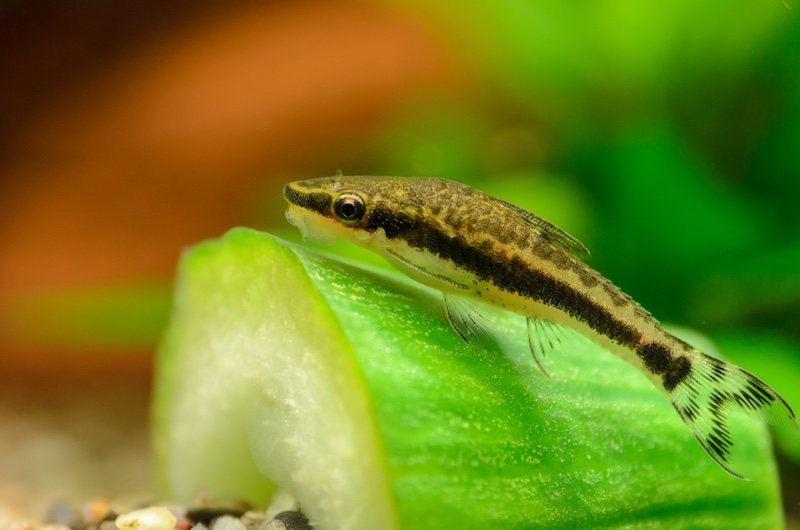
Otocinclus Catfish, or “Otos,” are small algae eaters that help keep the tank clean. These peaceful fish prefer to be kept in groups and are ideal for a community tank due to their non-aggressive nature. Otos are sensitive to water quality, so maintaining a clean and stable environment is crucial for their well-being.

